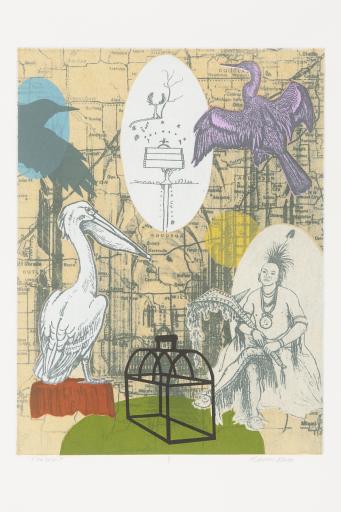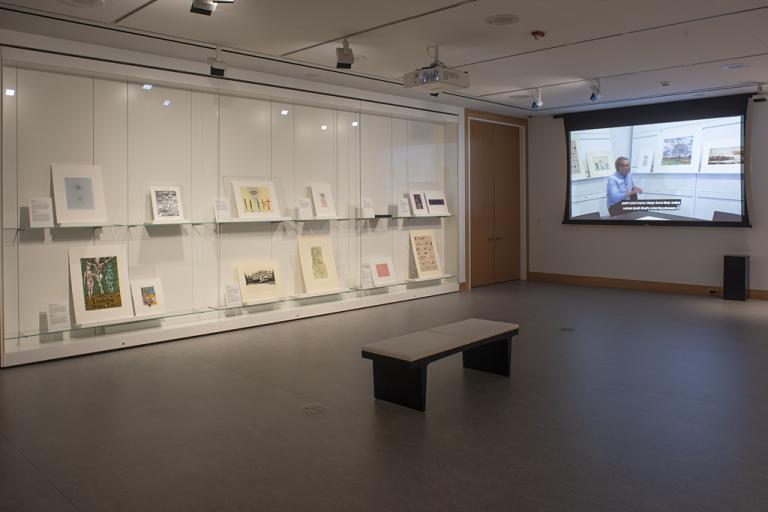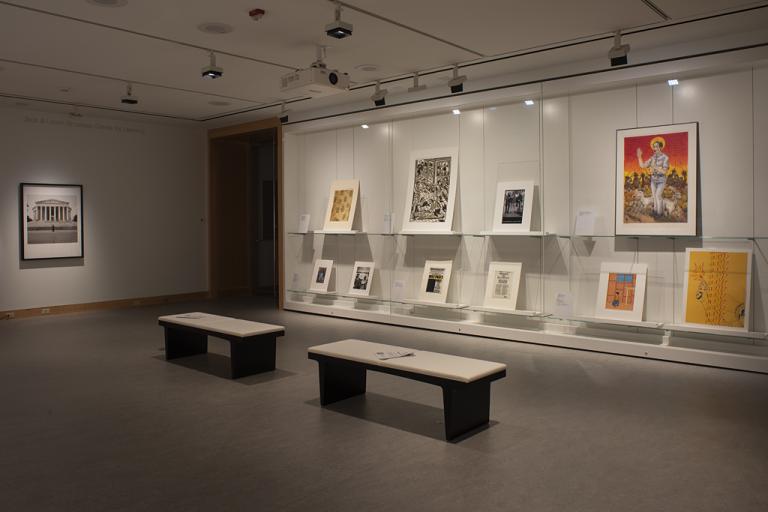The Wait, Norman Akers
Artwork Overview
The Wait,
2010
Where object was made: Lawrence, Kansas, United States
Material/technique: stenciling; reduction gum rollup; wove paper
Dimensions:
Image Dimensions Height/Width (Height x Width): 250 x 190 mm
Image Dimensions Height/Width (Height x Width): 9 13/16 x 7 1/2 in
Sheet/Paper Dimensions (Height x Width): 415 x 342 mm
Sheet/Paper Dimensions (Height x Width): 16 5/16 x 13 7/16 in
Mat Dimensions (Height x Width): 20 x 16 in
Image Dimensions Height/Width (Height x Width): 250 x 190 mm
Image Dimensions Height/Width (Height x Width): 9 13/16 x 7 1/2 in
Sheet/Paper Dimensions (Height x Width): 415 x 342 mm
Sheet/Paper Dimensions (Height x Width): 16 5/16 x 13 7/16 in
Mat Dimensions (Height x Width): 20 x 16 in
Credit line: Museum purchase: Letha Churchill Walker Memorial Art Fund
Accession number: 2012.0034
Not on display
If you wish to reproduce this image, please submit an image request







